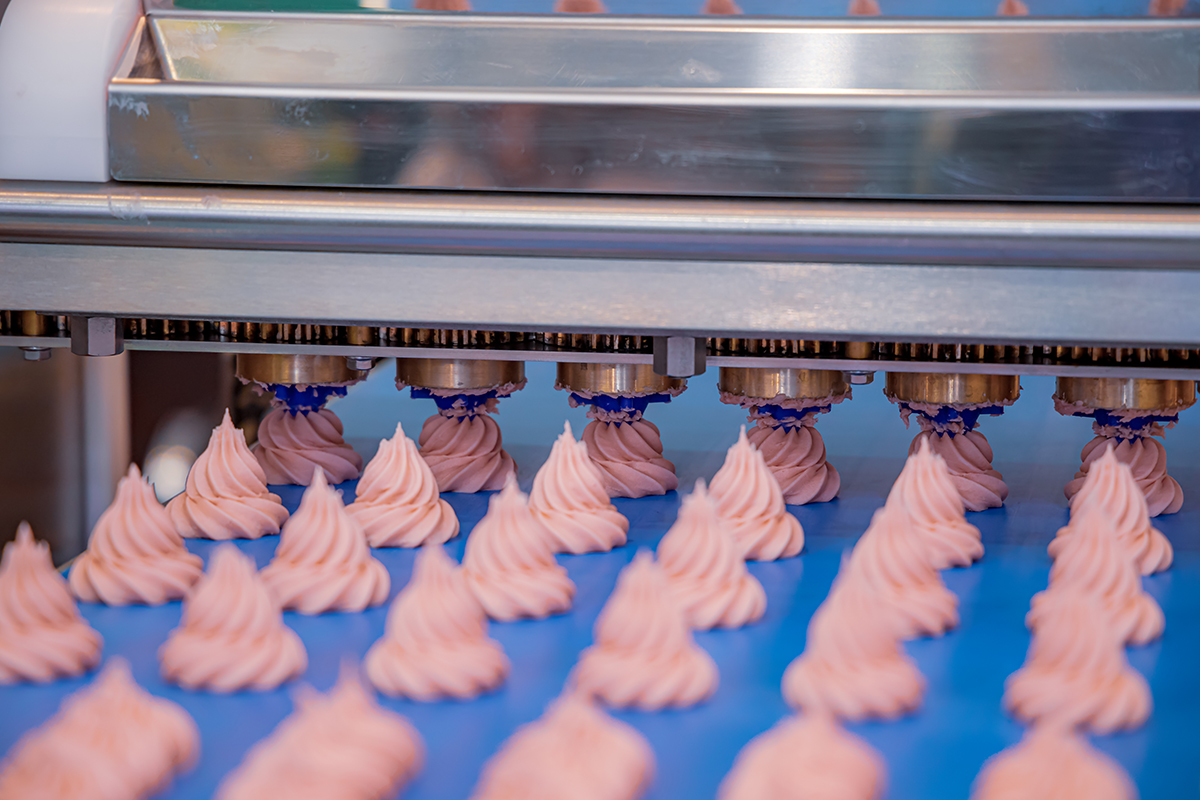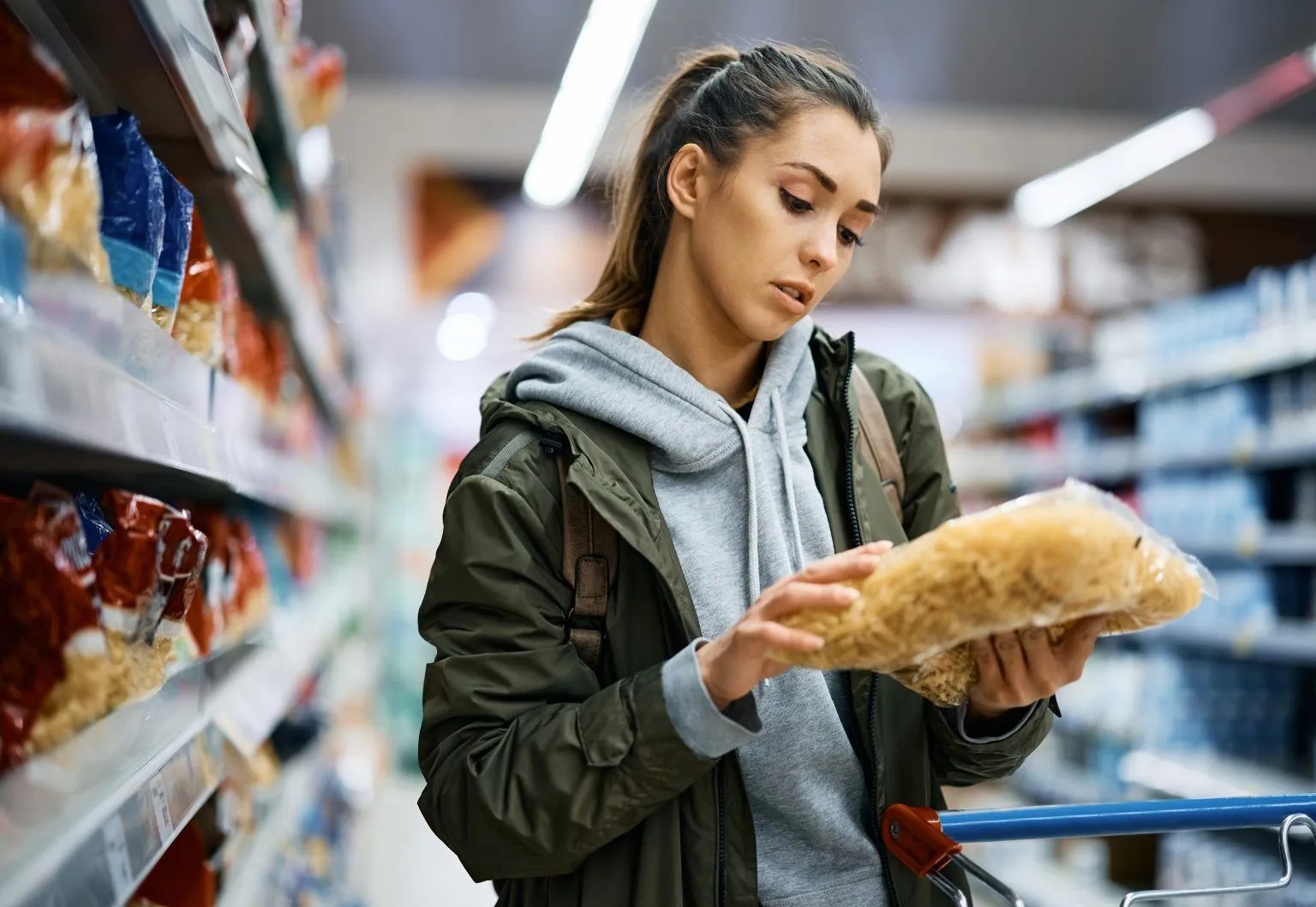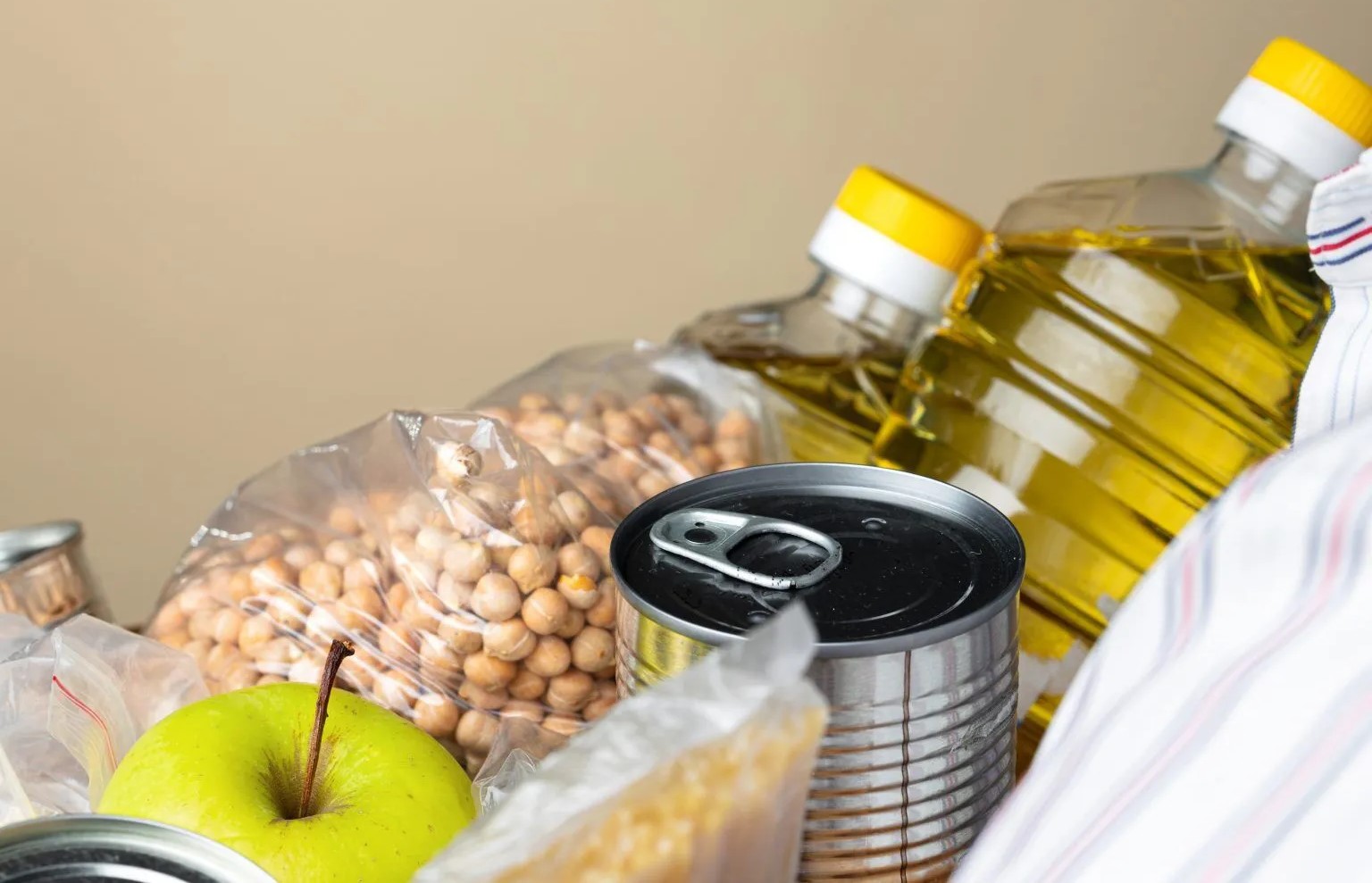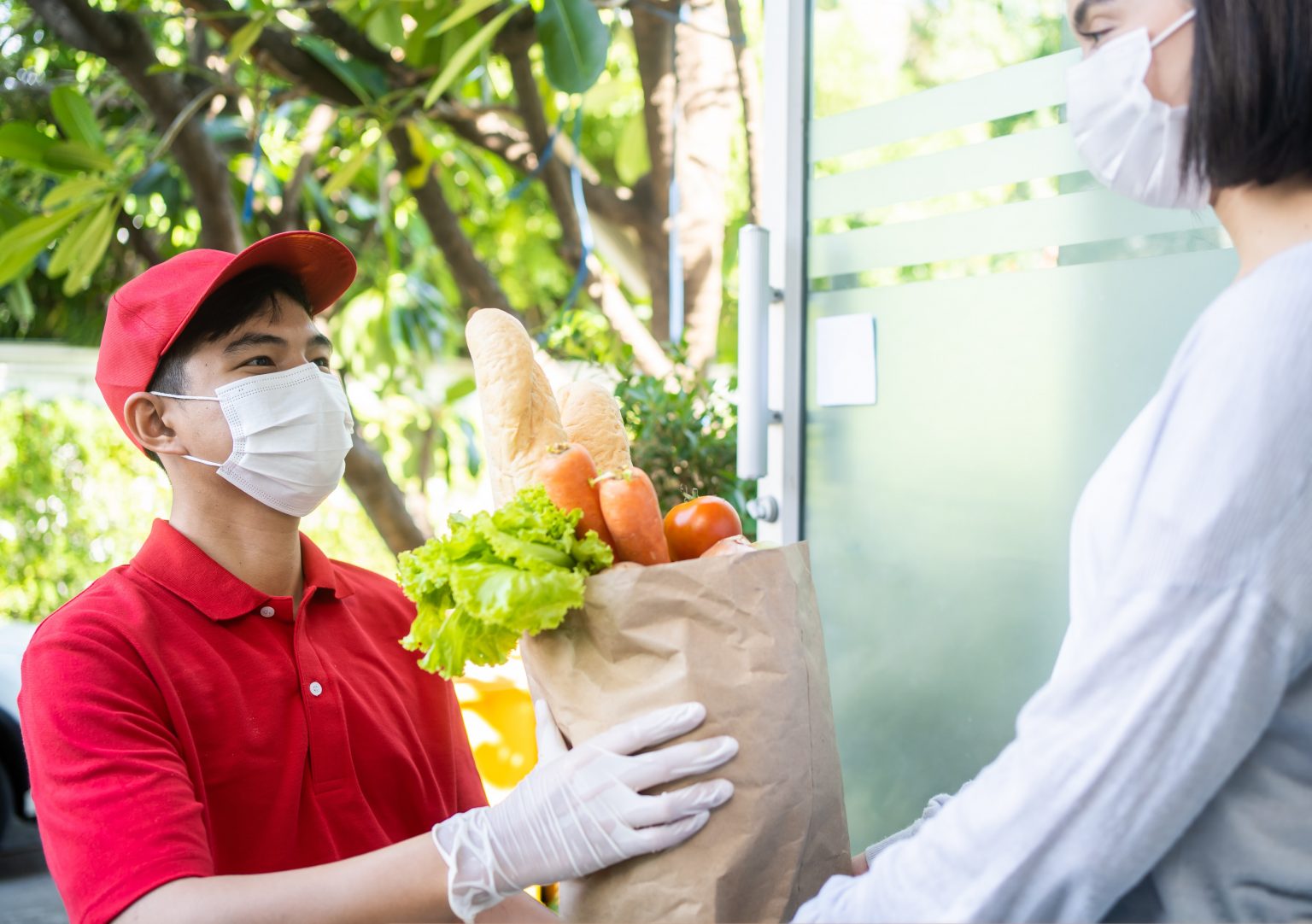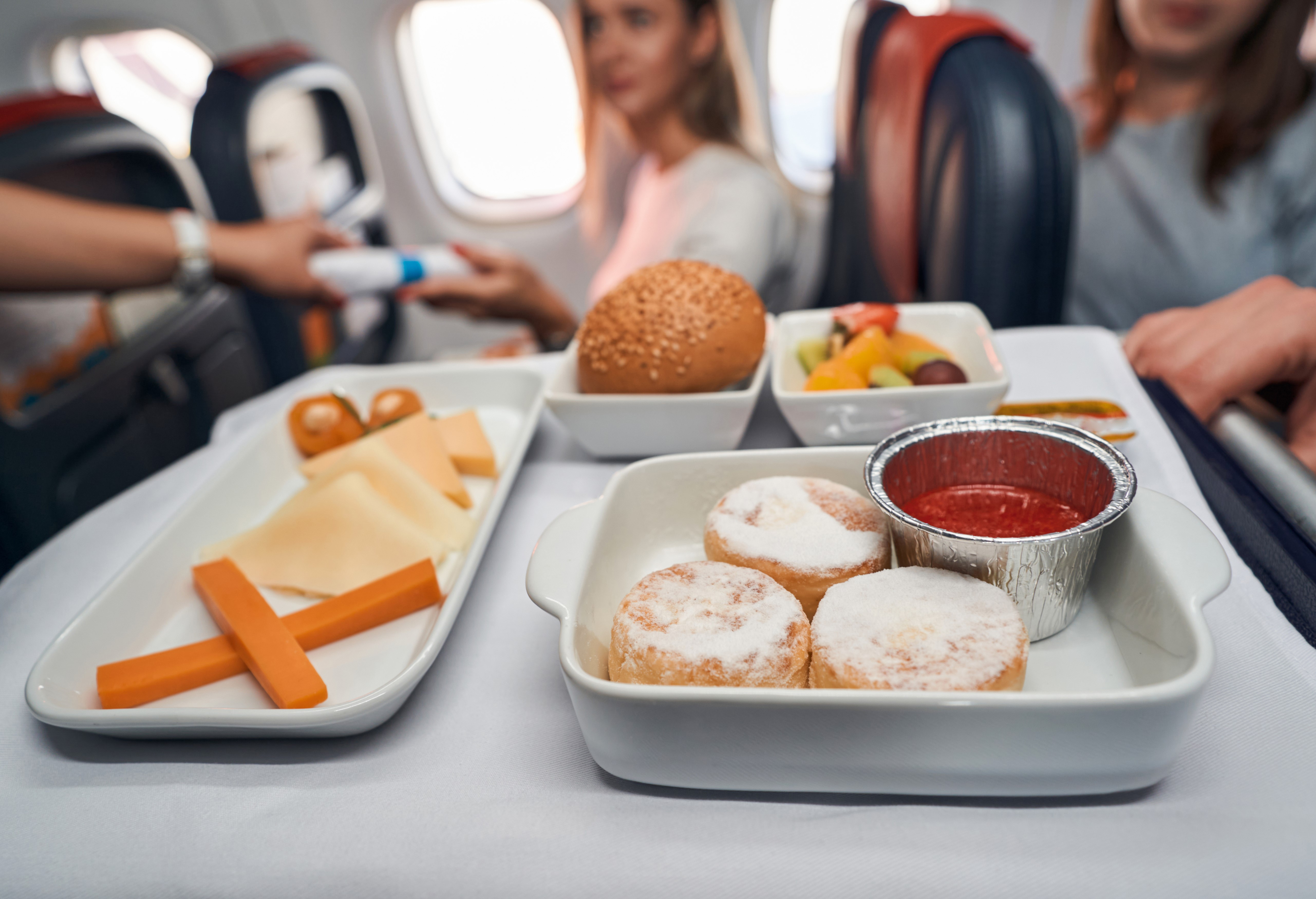Last Updated on November 8, 2024 by Admin
A number of significant changes have occurred in the food industry over the past few years. Many of these were due to the introduction of robotics and automation. These technical breakthroughs have brought significant changes in the cultivation, processing, and distribution of food. Robotics and automation have marked the beginning of a new era of efficiency and innovation, which will also guide us in the future. By 2028, it is predicted that the global market for food robots will have reached a value of $0.51 billion, having grown by 4.36% between 2024 and 2028. These numbers speak volumes about the expansion of robotics in the food industry.
We cannot dispute that the use of robotics in the food business is going to boost both efficiency and innovation, despite the fact that there are both pros and cons of robotics in the food industry. This article evaluates the many work functions of robotics in the food industry, investigates the outcomes of food processing automation, and considers its benefits and difficulties.
Types of Robots Used in the Food Industry
- Robots help in food packaging and make items on assembly lines safer and more efficient.
- Agricultural robots help farmers to plant seeds, remove weeds, and harvest crops.
- Automated Guided Vehicles move food and ingredients within manufacturing units and storage facilities with ease and speed.
- Sanitising robots clean areas where food is prepared and handled, removing germs. For example, they clean areas where food is made.
- Drones help farmers monitor their crops and help them to decide when to water or treat them to maintain their health.
- Robotic arms can cut, cook, and package food with great care and speed, thus generating a large quantity of food quickly without making any mistakes.
The Uses of Robotics in the Food Industry
Businesses are able to take important steps to improve their efficiency, productivity, and safety with the assistance of robotics in the food industry.
- Growing food and gathering it
Robotics and automation are changing the ways of the food industry. Now, high-tech robots help plant seeds, water, and harvest crops. These types of robots used in the food industry work nonstop, cut down on waste, and boost yield by precisely aiming where and how much to water, fertilize, or use pesticides. - Food manufacturing and packing it
In recent years, automation in the food industry has changed the methods used to handle, process and pack food. Now, one can find robots at every step, from sorting and cutting to cooking and packing. They are faster and more accurate, ensuring the standard and consistency of their products. Robots in food manufacturing have become an added advantage because they help keep hygiene and safety standards high by reducing the time people contact food during the processing steps. - Controlling quality and logistics
Quality control and logistics are two other applications of robots in the food business. Robots’ vision systems quickly check food for flaws that humans can’t see. Moreover, drones and automated guided vehicles are making supply chains are becoming more effective with the help of automated guided vehicles and drones.
The Future of Robotics in the Food Industry
By incorporating sophisticated robots into the food supply chain, it will become simpler to monitor and safeguard the quality and safety of food. Additionally, the advent of robotics is making it simpler to handle delicate foods, leading to an increase in automation in the food industry.
What Are the Benefits of Using Automation and Robotics in the Food Industry?
Automation and robotics in the food business help businesses take vital measures to make things more efficient, productive, and safe.
- More productivity and efficiency
Automation in the food industry is making things efficient and productive. Businesses can increase their output by using robots, as they can work 24 hours a day, seven days a week, without taking breaks. - Better hygiene and food safety
When businesses use robotics, people don’t have to touch the food as much, greatly lowering the risk of contamination. Keeping food safety and cleanliness standards high is very important in the food industry. - Less Waste
The use of robots for precision harvesting, processing, and packing results in a significant waste reduction. - Solutions for a lack of workers
In the food industry, when there are not enough people to perform certain tasks, robots can be used to help fill those roles. In addition, automation in the food industry can free up workers to perform work that requires more creativity and level of expertise.
Read Also – The Role of AI in Revolutionising and Benefiting the Food Industry
Will Robots Take Over the Food Industry?
One thing that we all need to understand is that robots are not here to replace humans. Instead, using robotics in the food industry can increase productivity while overcoming challenges like labour shortages. With automation, it becomes easier to maintain quality control and sustainable production practices. Even though robots are becoming more popular, they also need human support.
Pros and Cons of Robotics
Pros:
- More productivity and efficiency
- Better food safety and cleanliness
- Lower labour costs and no longer a need for workers;
- Better sustainability by cutting down on trash
Cons:
- They cost a lot to buy at first
- They could take away jobs in some industries
- They need skilled workers to run and maintain them.
Conclusion
The successful incorporation of robotics in the food industry depends on our ability to train the workforce with the expertise. Leveraging this shift requires a workforce capable of handling the complexities of robotics in food manufacturing. It entails an education and training strategy covering robot programming, operation, maintenance, and compliance with safety standards concerning different types of robots used in the food industry.
A more automated food industry is on the horizon, meaning more efficient and safer food for consumers. To get there, technology and human knowledge will need to work together. How the food business handles the opportunities and difficulties of robotics will determine its future course.



